The Ugly Duckling: How the M3 “Grease Gun” Gained a Foothold in Combat
The Ugly Duckling: How the M3 “Grease Gun” Gained a Foothold in Combat
In today’s modern culture, we’re used to firearms made from exotic materials, with high-technology features that maximize killing power. Firearms owners are no stranger to polymers, aerospace metals, lasers and optics.
However, during World War II, there was almost a desperate urgency to manufacture vast quantities of weapons as quickly and cheaply as possible. The materials being used then looked like they were purchased on sale at the corner hardware store.
Function Over Form
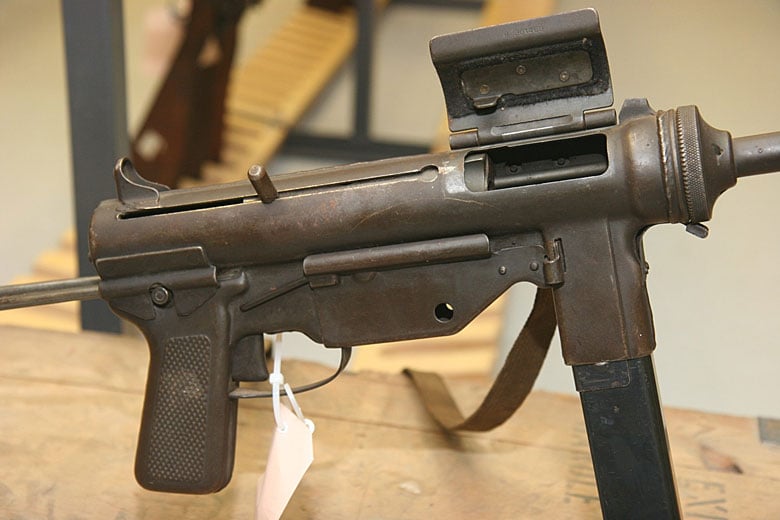
Mass production using available resources and thrift in the U.S. led to the development of an ugly little submachine gun that wouldn’t win any beauty contests. It would kill lots of Nazis and Imperial Japanese in the right hands though. This is of course, the M3, dubbed The Grease Gun by the GIs and Marines who used it.
There’s no doubt about it, the M3 did look like a commonly used mechanic’s tool. It was supposed to serve as a replacement to the iconic and expensive Thompson submachine gun, but developed a reputation of its own that kept it in the U.S. military inventory from World War II all the way through Desert Storm. Nobody really loved the M3 or the improved M3A1, but nobody really hated it either.
“By the Korean War, the M3 and M3A1 were used in greater numbers than the Thompson,” said Alan Archambault, former supervisory curator for the U.S. Army Center of Military History and former director of the Fort Lewis Military Museum at Joint Base Lewis-McChord near Tacoma, Washington.
“Although unattractive and cheaply made, it was a practical weapon,” said Archambault, a U.S. Army veteran who is also an artist and illustrator who specializes in military subjects. “The weapon did have close-range stopping power. A visitor to the Fort Lewis Museum once told me the story of shooting a Chinese soldier at close range and knocking him out of his boots like in a cartoon or a Three Stooges movie.”
The M3 is an ugly hunk of metal. Words like “handcrafted” or “elegant” simply can’t be applied applied when discussing the looks or pedigree of the weapon. Made of stamped metal parts like a General Motors car, the M3 is not a submachine gun noted for its fine tolerances and sleek design.
It’s no coincidence that it resembles a General Motors car since the M3 was produced starting in 1942 by a division of GM. In fact, it was the same division that produced headlights for the company’s automobiles.
Simplicity in Overdrive
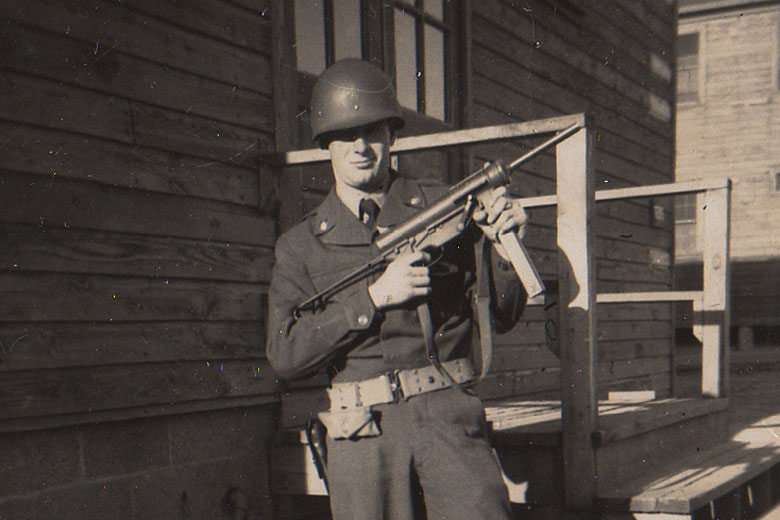
The M3 has no adjustable sights, no selector switch, no fine-grained wood furniture and few milled-steel components. It was welded together and the user could see the welds on the weapon’s exterior. Even the butt stock was just a bent, U-shaped length of heavy wire.
What’s more, it was a beast to carry. It weighs nearly 11 pounds with a full 30-round magazine inserted and extra magazines weighed several pounds each when loaded. Despite all this, it spewed .45-caliber ACP bullets at 450 rounds per minute, was simple to operate, compact because the butt-stock collapsed and it was disposable.
Yes, that’s right, disposable. Until 1944, soldiers and Marines who had M3s that had been damaged during battle simply threw them away and drew a new weapon from the armory because no one who made supply decisions thought it was worthwhile to manufacture spare parts for the gun.
“The advantage was that the M3 was easy to manufacture and much cheaper to make than the Thompson submachine gun,” said Archambault. Only the barrel, breech block and parts of the trigger mechanism were made of machined steel. Yet, that simplicity allowed the manufacture and distribution of more than 600,000 M3s during World War II alone.
It also saved the government money. The iconic Thompson submachine gun, a sleek, well-made weapon highly prized by any GI who could get his hands on one, cost Uncle Sam about $225 each. That’s about $3,000 a weapon today when you adjust for inflation.
A new Grease Gun cost the government about $20 each, or about $260 a weapon in today’s dollars. No wonder it was also nicknamed “the poor man’s Tommy Gun.”
However, soldiers didn’t embrace it at first. The M3 had some initial problems with an awkward cocking handle, but in 1944 the cocking handle was eliminated and a flash hider added with the M3A1. Once the kinks were worked out and GIs and Marines discovered its stopping power, they developed a sort of begrudging affection for the gun.
It was used not only during the Korean War but also by both U.S. and South Vietnamese troops during the Vietnam War. U.S. helicopter pilots often carried one in their cramped cockpits because it was smaller than an M-16 and offered more firepower than a pistol.
The M3 even developed a kind of “bad boy” reputation because of its prominence in the popular film The Dirty Dozen. In one famous scene, Lee Marvin’s character fires an M3 at the criminals and misfits he’s transforming into a fighting unit while they train on an obstacle course.
Throughout the movie, the M3 is carried by most of the cast members. The reality is that the M3 was probably the easiest and least expensive weapon for the movie’s armorers to obtain.
Conclusion
Despite the clunkiness and lack of spare parts, it’s thrift that keeps the M3 in service. Overseas, it’s still used by tank crews in the Japanese Self-Defense Forces and by special units in the Philippine Marines.
There’s even some evidence that the North Koreans have stockpiles of Grease Guns from American supplies captured during the Korean War. So while it may be cheap and ugly, the M3 has proven its value over time as a formidable weapon.
Editor-in-Chief’s Note: Paul R. Huard writes about military history and military small arms for daily newspapers and online publications. He is based in Ashland, Oregon.






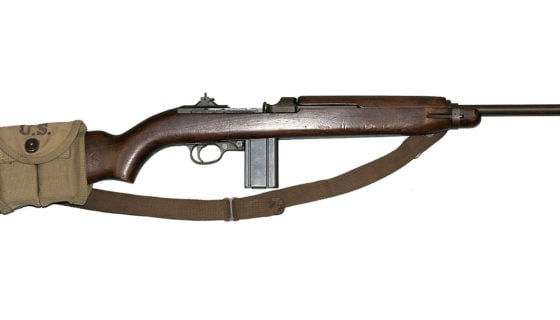
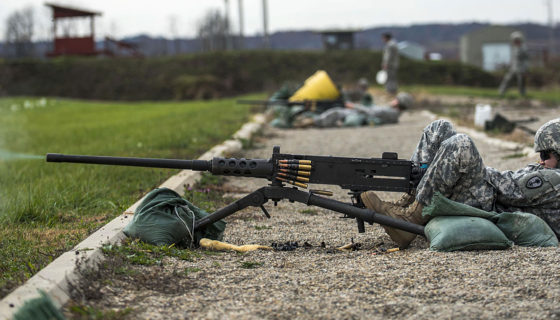
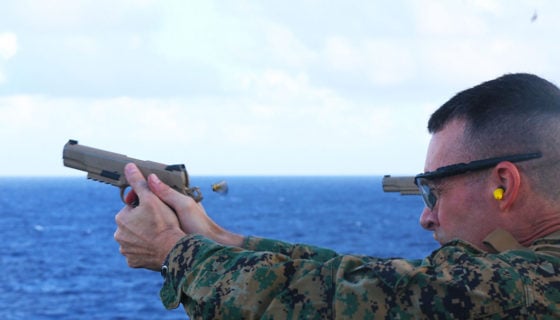
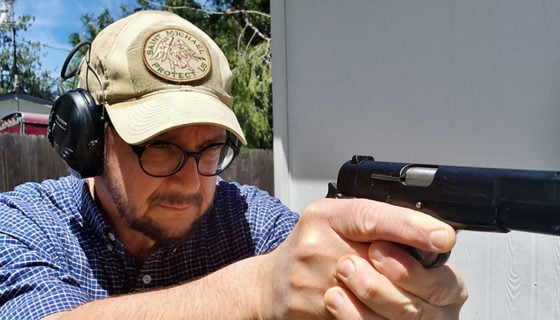

Discussion